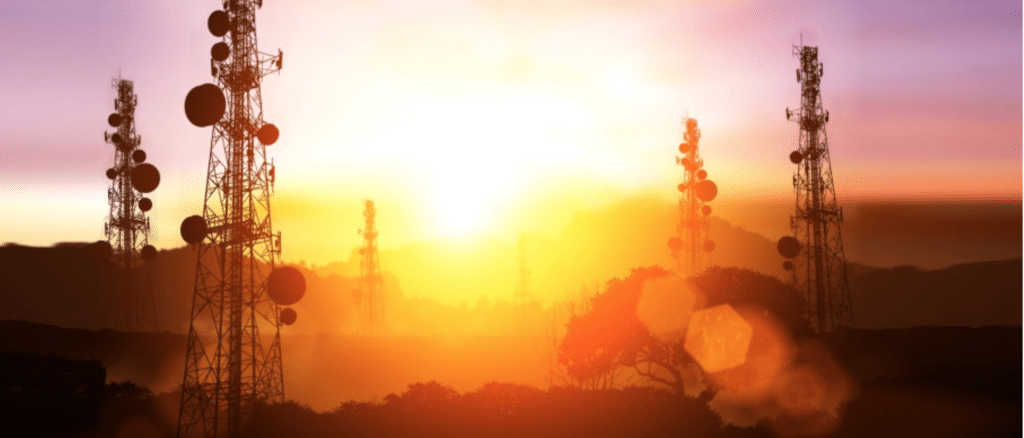- About
- Members
- Sponsors
- Subcommittees
- Technical Documents
- News
- Events
- Spotlight ATSC 3.0
- Contact Us
- Member Login
- Member Meetings
- Advanced Search
Search Site
Member Links
- About
- Members
- Sponsors
- Subcommittees
- Technical Documents
- News
- Events
- Spotlight ATSC 3.0
- Contact Us
- Member Login
- Member Meetings
- Advanced Search
COMMENTARY: Special ATSC 3.0 Needs of Public Broadcasters
Posted on September 3, 2018 in ATSC News
By Myra Moore, Digital Tech Consulting
http://www.dtcreports.com/weeklyriff/2018/06/18/special-needs-of-public-broadcasters-for-atsc-3-0/
Pioneering U.S. terrestrial broadcasters are looking for next-generation TV to transform their businesses, providing them with a flexible system that helps them offer new services previously not possible. In these early days of ATSC 3.0, select commercial broadcasters are testing the technology and the business models through two main consortia of commercial broadcasters: Spectrum Co and Pearl TV.
Public broadcasters are now organizing so that they, too, can collectively test the technology and business models. At first blush, it is reasonable to ask: Why would public and commercial broadcasters approach ATSC 3.0 differently? In the transition from analog to digital terrestrial TV— which was completed nearly 10 years ago—the ATSC standard didn’t provide the flexibility of ATSC 3.0. The decisions then were relatively simple.
Broadcasters chose to transmit via high definition or standard definition programming, or a combination of the two. Now, depending upon any individual broadcasters’ configuration under the new standard, services that have never been offered before are possible. Mobile, data distribution, multichannel offerings, cloud-based VOD and ultra-high definition are all on the table.
For public broadcasters, though, the significantly increased transmission capacity allows many more educational channels, as well as the ability to target that programming to specific interest groups. This may be the greatest benefit to public broadcasters. It also allows for revenue-producing services like data distribution. Public broadcasters have some flexibility in generating revenue from their broadcast services—provided that the spectrum is substantially used for non-commercial purposes.
And to that end, there is a growing effort to forge partnerships with commercial broadcasters – i.e., participating in market-specific Single Frequency Networks (SFNs) –and the equipment sector, such as Trivieni Digital’s partnership with Public Media Co.
For example, the standard’s ability to enable targeted advertising may not seem applicable to public broadcasting, but it is. That same technology could be used to target certain types of “learners” into education programming tracks, or to target viewer donors and non-donors with different kinds of programming. And, presumably with an “opt-in” system, gather viewer data to analyze donation and viewing trends.
Public broadcasters are considering other applications, like on-demand cloud services, that can be fostered by forming relationships with vendors who can supply unique tools and “apps.” These services could add new life to the back catalog for programs that are no longer transmitted. Cooking shows and the revival of Fred Rogers and his neighborhood come to mind as possible VOD gems.
The partnerships with the tech-vendor sector are also aimed at making sure that public broadcasters are not left behind as ATSC 3.0 tools are developed with the commercial broadcasters and their deeper pockets in mind. The idea behind an ATSC 3.0 public broadcasters’ alliance from Public Media Co. consortium is for public broadcasters to have an early and well-positioned seat at the table so tools uniquely desired by public broadcasting are made.
Unlike the first-generation digital terrestrial TV system, public broadcasters didn’t need to cooperate with commercial broadcasters. But now a public-broadcast group may be needed to work with the commercial broadcast sector and the tech community to build out market-specific SFNs and implement transition plans. With no government mandate, the ability to build SFNs and navigate complex transitions from ATSC [1.0] to ATSC 3.0, all parties will need to play together for Next Gen TV to take off.
Reprinted with permission from Digital Tech Consulting.
Posted in ATSC News
News Categories
News Archives
Subscribe
Subscribe to The Standard, our monthly newsletter. Learn More
Join ATSC
ATSC is a membership organization with both voting and observer categories. Voting members include corporations, nonprofit organizations, and government entities, and they participate actively in the work of ATSC. Observers are individuals or entities not eligible to be a voting member.
Subscribe to our Newsletter
Subscribe to The Standard, our monthly newsletter, to stay up-to-date with ATSC news and events around the world.
Site Links
Contact Us
Advanced Television Systems Committee, Inc.
1300 I Street NW, Suite 400E
Washington, DC 20005
Do you have questions about ATSC?
About ATSC
The Advanced Television Systems Committee, Inc., is an international, non-profit organization developing voluntary standards and recommended practices for digital terrestrial broadcasting. ATSC member organizations represent the broadcast, broadcast equipment, motion picture, consumer electronics, computer, cable, satellite, and semiconductor industries. ATSC also develops digital terrestrial broadcasting implementation strategies and supports educational activities on ATSC standards.
© 2024 ATSC









































